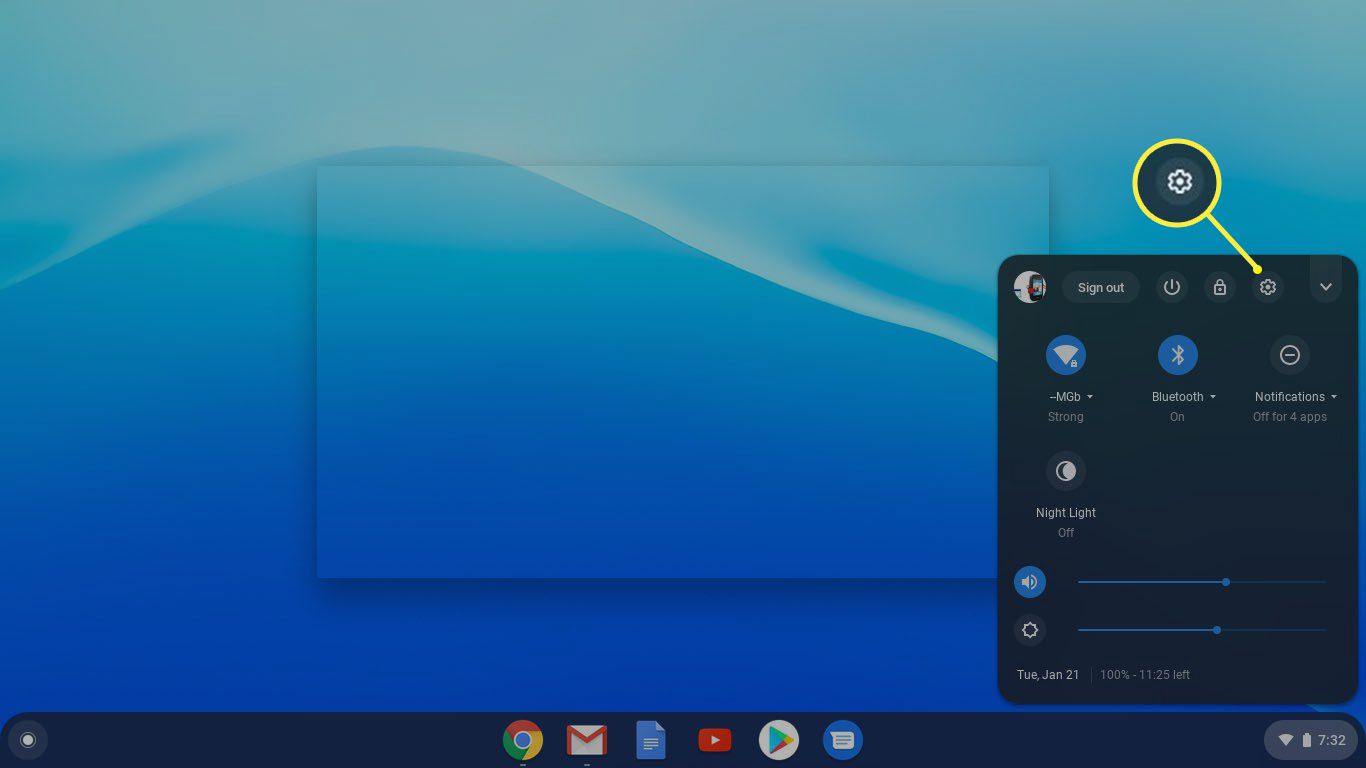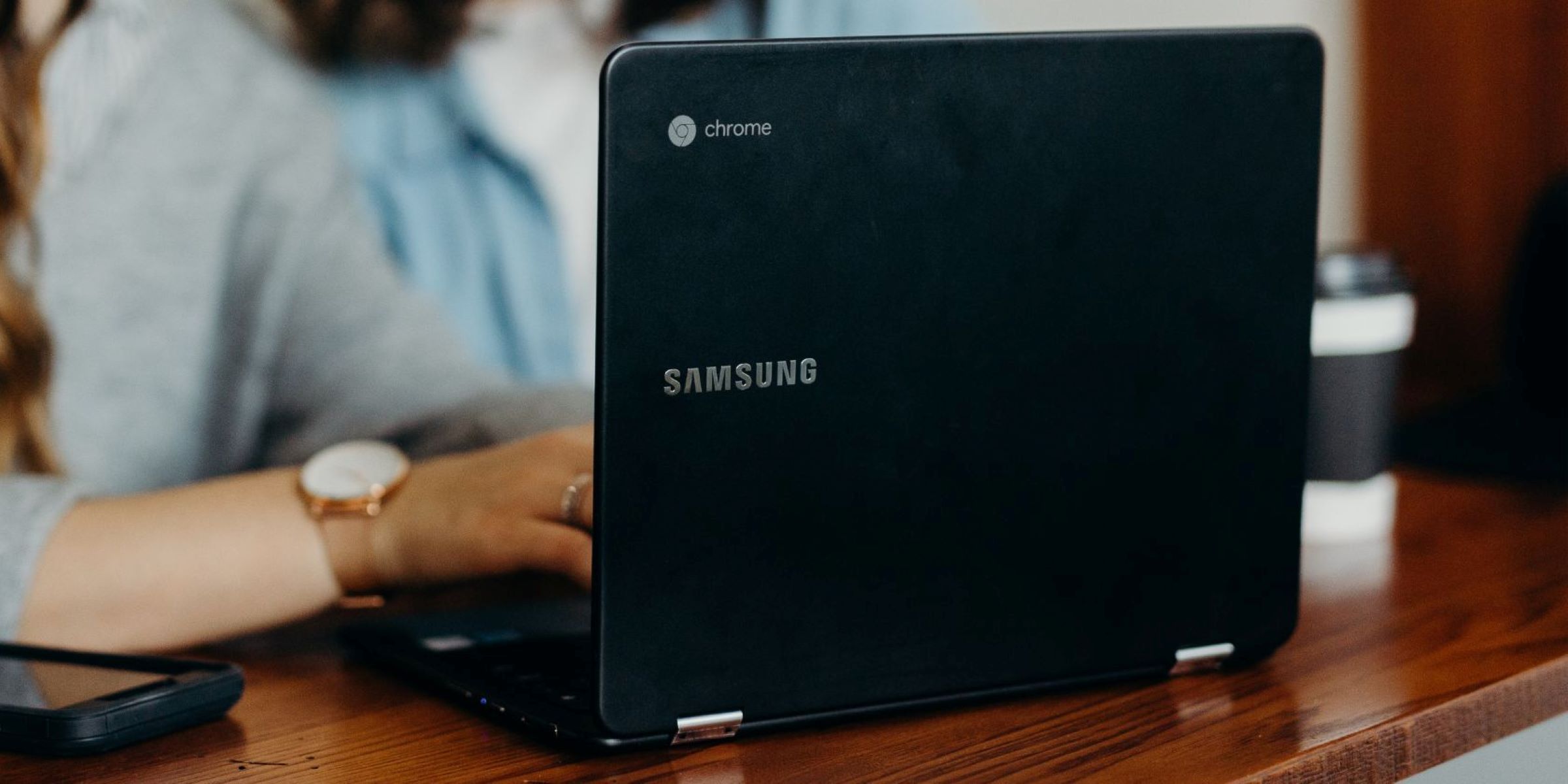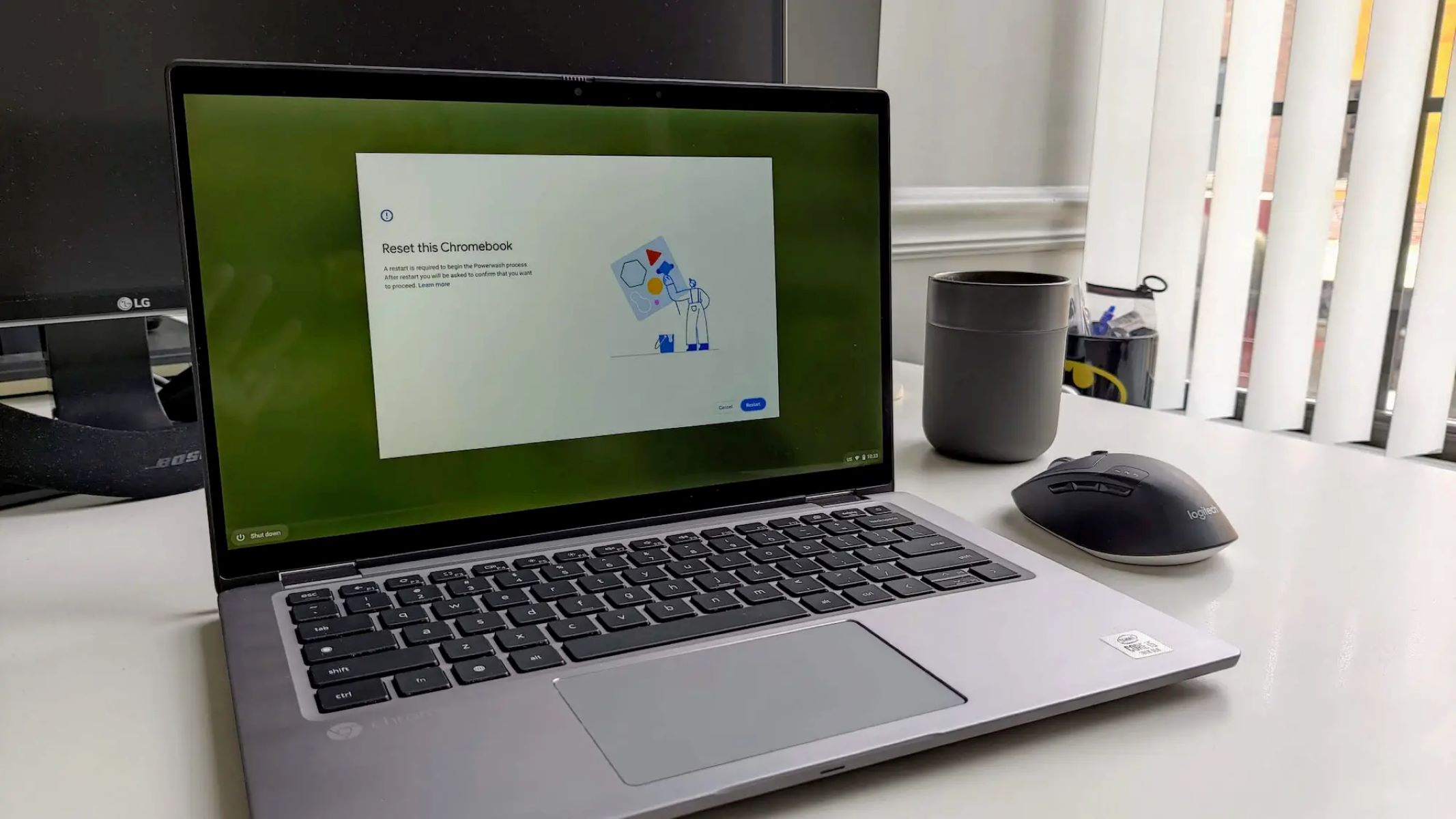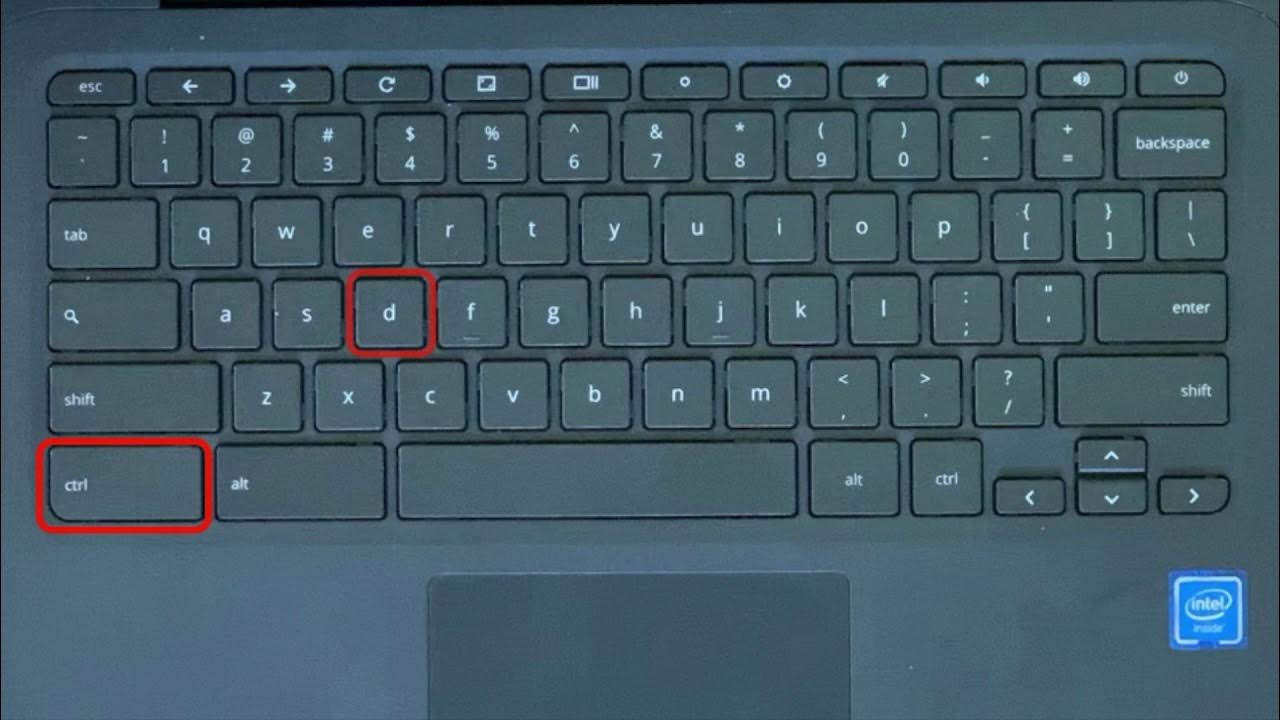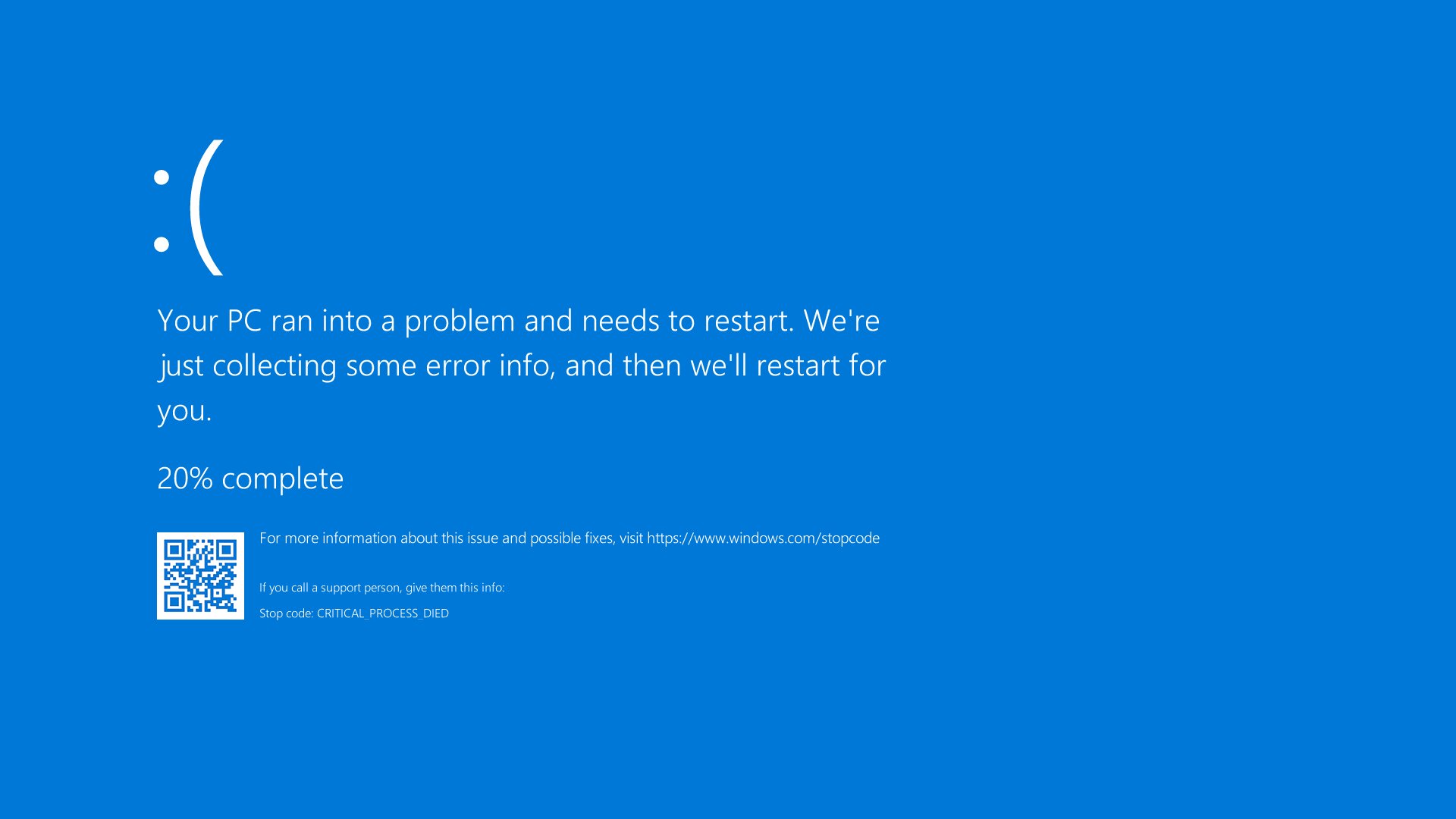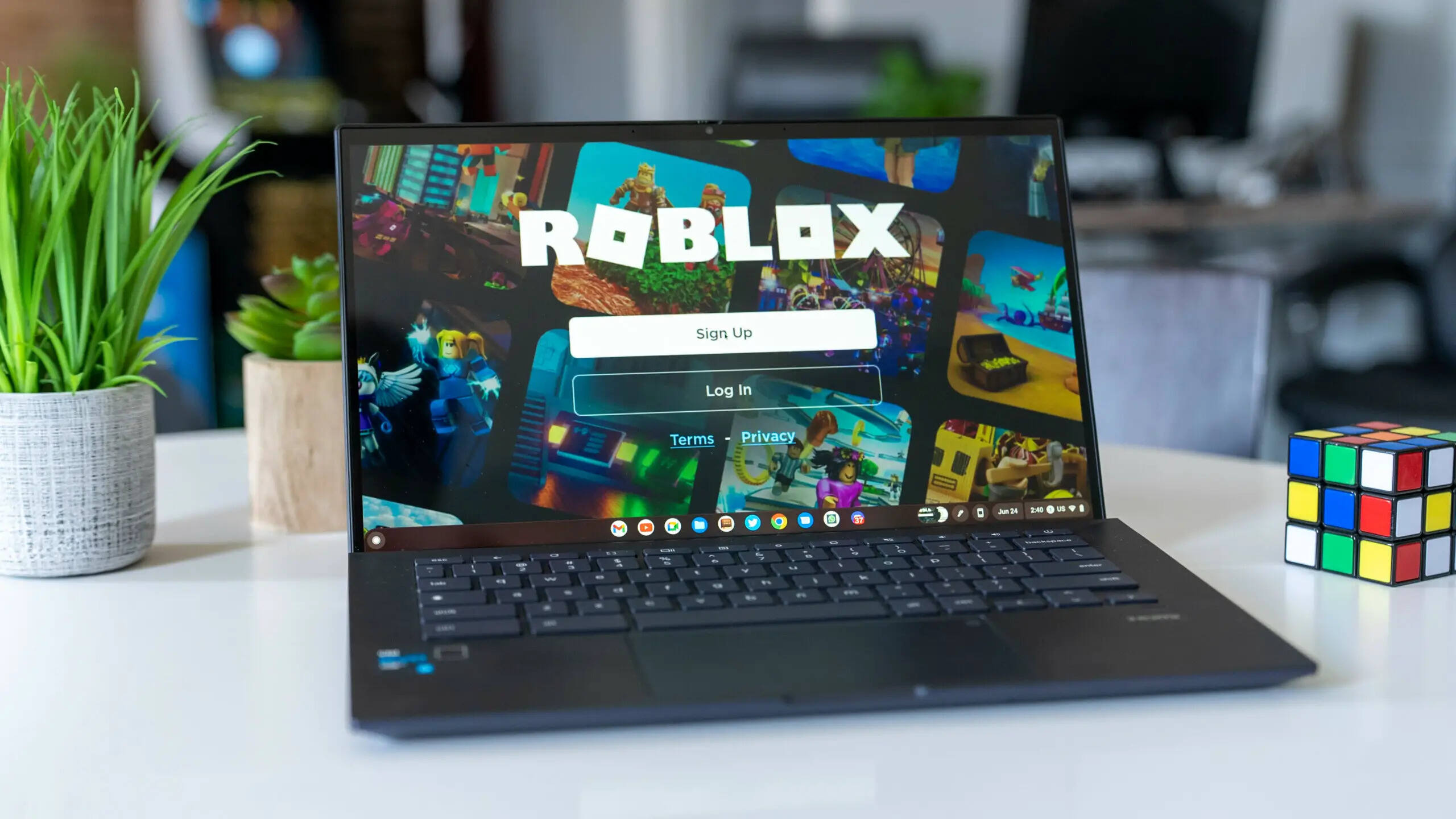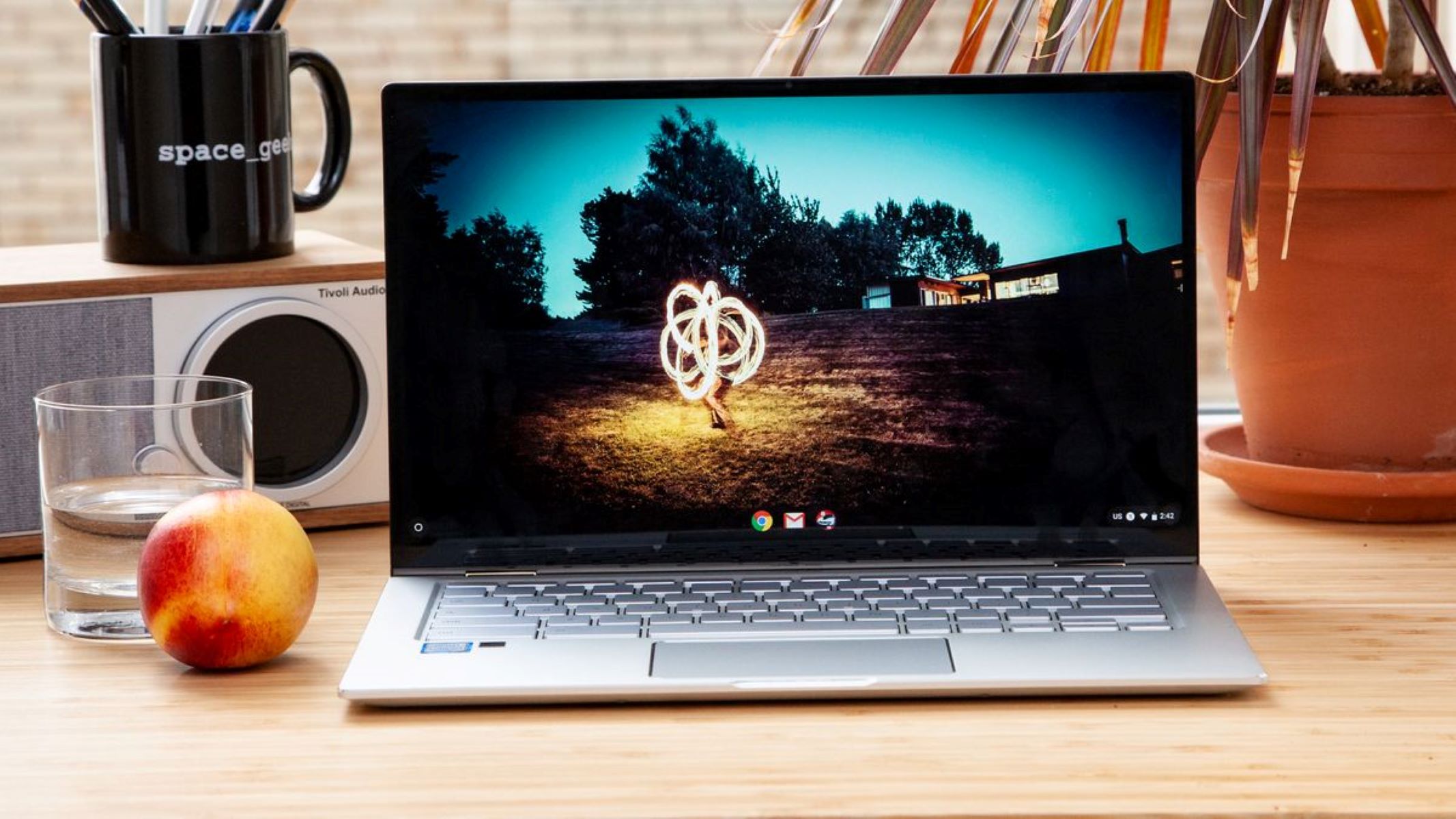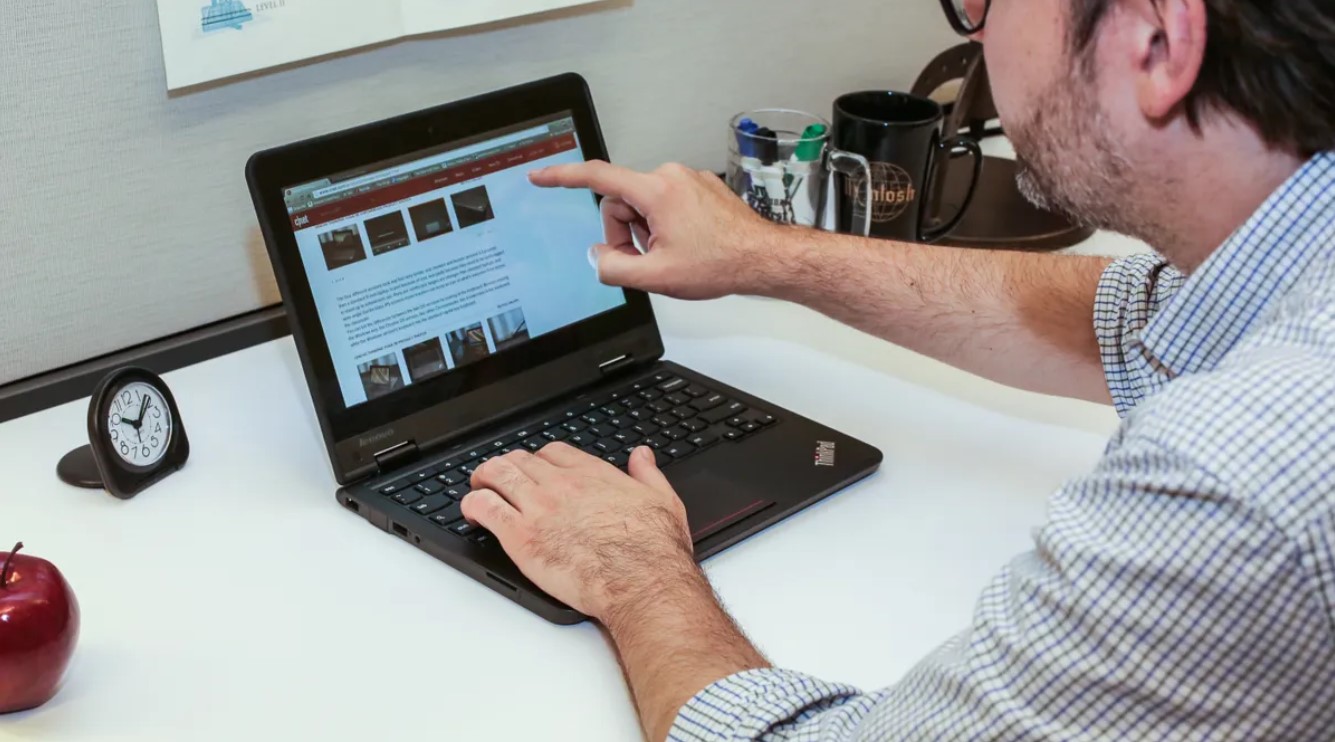Introduction
Chromebooks are popular devices known for their fast performance, simplicity, and affordability. However, just like any electronic device, they may encounter occasional issues, including freezing or becoming unresponsive. If you find yourself in a situation where your Chromebook screen freezes, don’t worry, as there are several methods you can try to resolve the issue.
In this article, we will guide you through various techniques to unfreeze your Chromebook screen, ranging from using the power button to accessing the Task Manager and utilizing keyboard shortcuts. These methods are relatively easy to follow, even for those with limited technical expertise.
Before proceeding with the troubleshooting steps, make sure to save any unsaved work, as some of the methods may require a restart or closing of applications. It’s always a good practice to periodically save your progress to avoid losing important data.
Without further ado, let’s dive into the different methods you can employ to unfreeze your Chromebook screen and get back to smoothly working on your tasks.
Method 1: Using the Power Button
One of the simplest methods to unfreeze a Chromebook screen is by using the power button. This approach can help force a restart of the device, resolving any temporary frozen screen issues.
Here are the steps to follow:
- Locate the power button on your Chromebook. It is typically located either on the side or at the top-right corner of the keyboard.
- Press and hold the power button for about 5 seconds until the screen turns off.
- Release the power button, and then press it again to turn your Chromebook back on.
- Wait for the system to reboot and the screen to become responsive again.
If this method does not resolve the freezing issue, you can move on to the next method to troubleshoot the problem further.
Method 2: Using the Task Manager
If your Chromebook screen is frozen and you are unable to access any other functions, using the Task Manager can be a helpful solution. The Task Manager allows you to force close unresponsive or problematic applications, which may be causing the freezing issue.
Follow these steps to use the Task Manager:
- Press and hold the “Shift” key along with the “Esc” key on your Chromebook’s keyboard. The “Esc” key can usually be found at the top-left corner of the keyboard.
- The Task Manager will open, displaying a list of all the currently running applications and background processes.
- In the Task Manager, locate the application or process that is not responding or causing the freeze.
- Click on the application or process to select it, and then click the “End process” or “End task” button.
- Confirm the action and wait for the application or process to close.
After terminating the problematic application or process, your Chromebook screen should become responsive again. If the freezing issue persists or you cannot identify the specific application causing the problem, proceed to the next method for alternative troubleshooting options.
Method 3: Using Keyboard Shortcuts
Keyboard shortcuts can be a quick and effective way to unfreeze a Chromebook screen. These shortcuts allow you to perform specific actions without relying on a mouse or touchpad, making them useful when your screen becomes unresponsive.
Follow these steps to utilize keyboard shortcuts to unfreeze your Chromebook screen:
- Press and hold the “Refresh” key, which is usually located at the top row of the keyboard and has an icon resembling a circular arrow.
- While holding the “Refresh” key, press the “Power” button once.
- Your Chromebook will restart, and the frozen screen issue should be resolved.
If the above keyboard shortcut doesn’t work, you can try another option:
- Press and hold the “Ctrl” and “Shift” keys simultaneously.
- While holding the “Ctrl” and “Shift” keys, press the “Q” key once.
- Your Chromebook screen will blank out for a moment, and then it will reload, resolving the freezing problem.
By utilizing these keyboard shortcuts, you can regain control over your Chromebook screen and continue working without any hindrances. However, if the freezing issue persists, proceed to the next method for additional troubleshooting steps.
Method 4: Using the Chromebook’s Settings
If the previous methods have not resolved the freezing issue on your Chromebook, you can try using the device’s settings to troubleshoot and fix the problem. This method involves adjusting certain settings that might be causing conflicts or issues with the screen.
Follow these steps to use the Chromebook’s settings to unfreeze the screen:
- Click on the clock in the bottom-right corner of the screen to open the “Quick Settings” menu.
- Click on the gear icon located in the top-right corner of the “Quick Settings” menu to access the Chromebook’s settings.
- In the settings menu, scroll down and click on “Advanced” to expand the advanced settings options.
- Under the “Reset Settings” section, click on “Powerwash” to access the powerwash settings.
- Click on the “Restart” button to initiate the powerwash process.
- Follow the on-screen instructions to complete the powerwash, which will restore your Chromebook to its factory settings.
Note: Powerwashing your Chromebook will erase all locally stored data and reset the device to its original state. Make sure to back up any important files or data before proceeding.
Once the powerwash is complete and your Chromebook restarts, check if the screen freezing issue has been resolved. If you still encounter the problem, it is advisable to contact the Chromebook manufacturer’s support for further assistance.
Conclusion
Dealing with a frozen Chromebook screen can be frustrating, but with the methods outlined in this article, you have several options to resolve the issue. Whether it’s using the power button, accessing the Task Manager, employing keyboard shortcuts, or adjusting settings, these troubleshooting techniques can help you regain control over your device and get back to your tasks.
Remember to save your work regularly to prevent data loss, as some methods may require a restart or closing of applications. Additionally, make sure to back up any important files before performing a powerwash if you choose to use the Chromebook’s settings to troubleshoot.
If none of the methods mentioned here have been successful in resolving the freezing problem on your Chromebook, it’s recommended to reach out to the manufacturer’s support for further assistance. They will have additional troubleshooting steps specific to your device and can provide guidance or recommend any potential hardware-related solutions.
By following the tips provided in this article, you can master the art of unfreezing a Chromebook screen and enjoy a smoother and uninterrupted computing experience.







